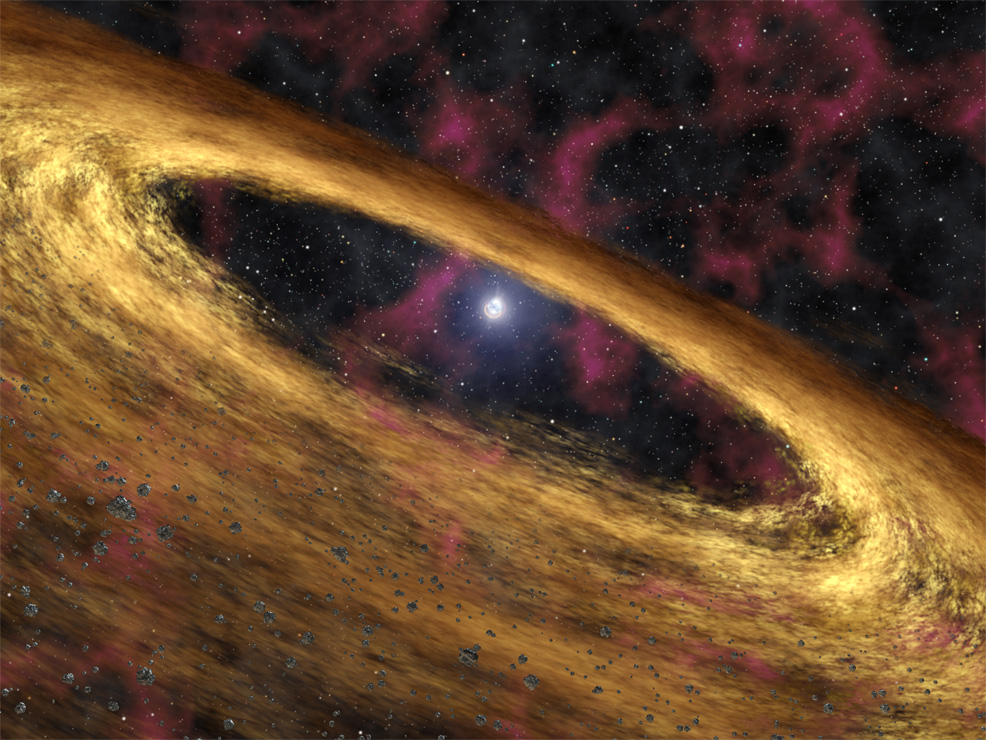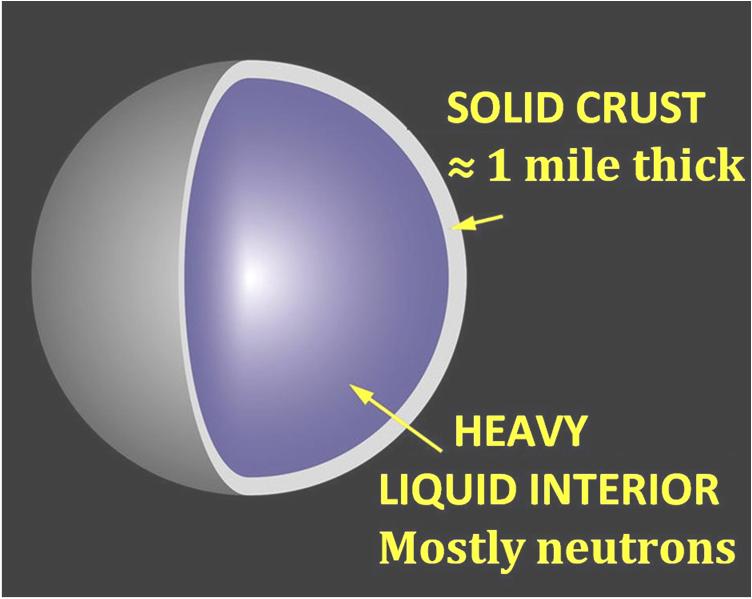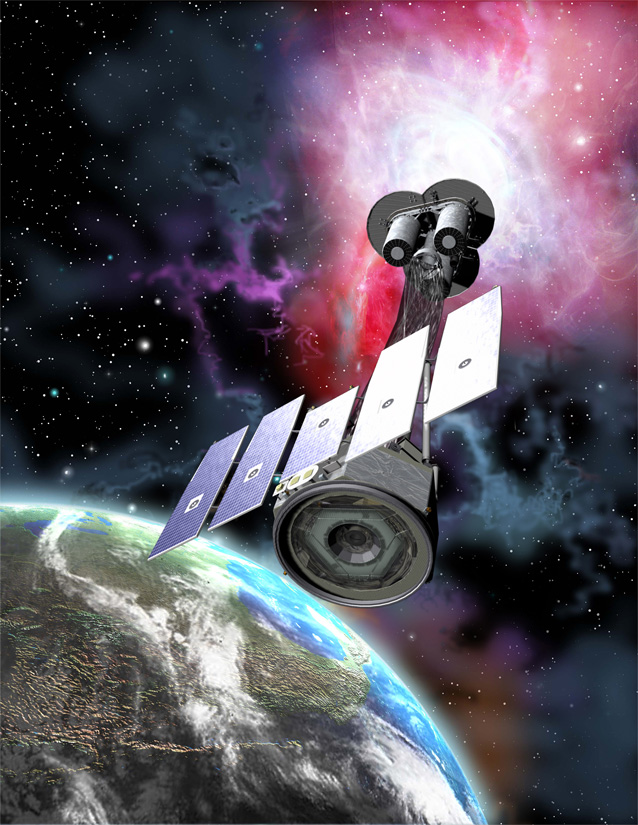
21st November 2022 Star found to have solid surface Astronomers using the IXPE space observatory report that a magnetar found 13,000 light-years away has a solid surface with no atmosphere.
While much attention has focused on the James Webb Space Telescope (JWST), a lesser-known observatory that launched in the same month has been making impressive discoveries too. SpaceX deployed the Imaging X-ray Polarimetry Explorer (IXPE) – a collaboration between NASA and the Italian space agency – just two weeks before the JWST in December 2021. The IXPE is the first space telescope capable of measuring the polarisation of X-rays from a variety of cosmic sources, such as black holes and neutron stars. A new study, published this month in Science, describes how astronomers used the IXPE to measure the X-ray polarisation of a distant magnetar. These objects are a type of neutron star – extremely dense, collapsed cores of supergiant stars that once had 10 to 25 solar masses. Their data confirms what scientists have previously only theorised: magnetars are highly polarised, with ultra-powerful magnetic fields up to 1,000 times stronger than standard neutron stars. To date, only around 30 magnetars have been discovered. A team from University College London (UCL) and Italy's University of Padova (UP) observed a magnetar called 4U 0142+61, located in the Cassiopeia constellation approximately 13,000 light-years away. From their detailed analysis, they determined that the object – with a diameter of 32 km (20 mi) – is composed of a solid surface, and no atmosphere. This is the first time that astronomers have been able to reliably confirm that a neutron star has a bare solid crust.
The sensitivity of the IXPE is two orders of magnitude greater than the previous generation of space-based X-ray polarimeters. The UCL and UP team studied the magnetar's polarisation (the direction its light waves are seen to "wiggle") and found that light behaves as if coming straight off a solid surface, rather than passing through an atmosphere first. The magnetic field of 4U 0142+61 is so unimaginably powerful, any surrounding atmosphere would likely have turned solid. "This is a phenomenon known as magnetic condensation," explained Roberto Turolla, from UP's Department of Physics and Astronomy. They also found that the polarisation angle depends on the energy of particles of light, with higher energy light at a polarisation angle of 90 degrees compared to low energy light. "We found that the angle of polarisation swings by exactly 90 degrees, following what theoretical models would predict if the star had a solid crust surrounded by an external magnetosphere filled with electric currents," added Turolla. "Based on current theories for the magnetars, we expected to detect polarisation, but no one predicted polarisation would depend on energy, as we are seeing in this magnetar," said Martin Weisskopf, NASA emeritus scientist. The outer shell of 4U 0142+61 is most likely a strange form of material known as Bingham plastic – one example of which is toothpaste – which exists as a viscous fluid for most of the time, but can also behave like a solid under certain conditions. Despite its firm surface, however, a landing would be impossible for any spacecraft, due to the magnetar's extreme temperature and gravity. Any objects within its vicinity would be dragged down at more than 50% of light speed, then spaghettified and crushed to atoms in less than a millisecond. The findings from IXPE's observations will help X-ray astronomers to better understand the physics of extreme objects like neutron stars and black holes. "In my mind, there can be no question that IXPE has shown that X-ray polarimetry is important and relevant to furthering our understanding of how these fascinating X-ray systems work," said Weisskopf. "Future missions will have to be cognisant of this fact." "A next step is to observe hotter neutron stars with a similar magnetic field, to investigate how the interplay between temperature and magnetic field affects the properties of the star's surface," added co-author Silvia Zane, Professor of Astrophysics at UCL.
Comments »
If you enjoyed this article, please consider sharing it:
|









